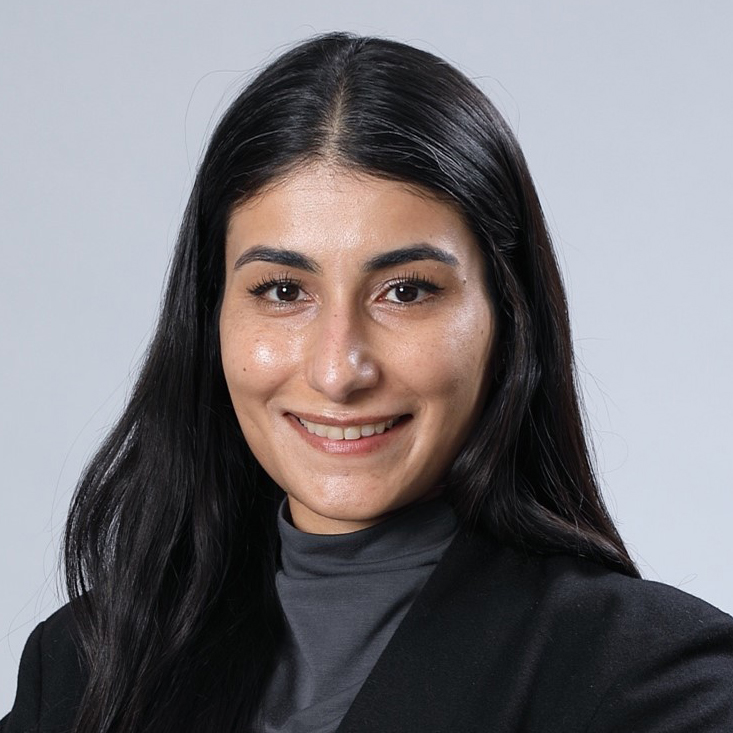Safe and Large-Scale Production of Stem Cells: Using Genetic Engineering to Eliminate Abnormal Cells in Cell Therapies Batches

Dr. Nika Shakiba
Pluripotent stem cells have the unique ability to both self-renew and differentiate into specialized cell types. These properties make them promising for clinical applications, such as cell therapy development for disease treatment – a process where healthy cells are implanted to replace dysfunctional ones or to remove disease-causing cells. Additionally, stem cells have indirect applications in research laboratories for producing tissue models for disease research and drug development.
Since their discovery over 20 years ago, human pluripotent stem cells (hPSCs) have shown immense potential in revolutionizing treatments for degenerative diseases and strengthening the biotechnology sector. Their ability to become any cell type when exposed to specific stimuli makes them ideal for regenerative medicine, where they can repair, regenerate, or replace damaged tissues. However, understanding the processes that govern stem cell fate and overcoming challenges in growing these cells in the lab remain critical areas of research. Stem cell bioengineering research is focused on understanding the regulation of stem cell fate and manipulating them to acquire the desired outcome to treat diseases.
Dr. Nika Shakiba, a biomedical engineer, is at the forefront of this research. "Stem cells are a worthy substrate for this endeavour. These cells can 'expand' – make copies of themselves – and give rise to all cell types of the body. However, during this expansion, some stem cells acquire undesirable genetic changes, turning into abnormal and cancer-like cells that outgrow normal stem cells. This makes the cell batch unsafe for clinical use. I am motivated to make the manufacturing and manipulation of these cells robust so that we can develop cellular therapies to treat degenerative diseases," says Dr. Shakiba.
Dr. Shakiba is an Allen Distinguished Investigator, Assistant Professor in the School of Biomedical Engineering (SBME) at UBC, and Adjunct Associate Professor at Osaka University. She leads a Canadian-led study on the "social lives" of hPSCs and uses genetic engineering to detect and remove mutated cells from hPSC cultures developed in the lab. "Removing these abnormal cells in culture is essential for manufacturing safe stem cell-derived therapies." This interdisciplinary project is supported by various experts, including Dr. Sidhartha Goyal (biophysicist), Dr. Ivana Barbaric (stem cell biologist), and Dr. Nozomu Yachie (synthetic biologist), along with dedicated postgraduate, graduate, and undergraduate trainees, including PhD candidates Ali Shahdoost and Omar Bashth, PhD student Yeganeh Dorri, and others.
Her team is collaborating with translational partners to develop the first standardized quality control strategy for hPSCs. This technology will ensure that all cell batches meet rigorous standards for clinical use, enabling safe and reliable large-scale production of hPSCs for cell therapy manufacturing for regenerative medicine. The team aims to bolster Canada’s position as a world leader in cell therapy manufacturing and make these therapies economically accessible to our health care system.
"As this is an interdisciplinary project, my team acts as a node between diverse thinkers across the world. It is rewarding to be in this position and to see my trainees step into roles as innovators and leaders as they interface and collaborate with various experts. Working with colleagues in commercialization and clinical translation helps bring our technologies closer to patients," says Dr. Shakiba.
Beyond her research and teaching, Dr. Shakiba is passionate about outreach and mentorship. She supports individuals through her initiative "Advice to a Scientist" and participates in podcasts, webinars, and blogs.
Resources
- Tewary, M., Shakiba, N. & Zandstra, P.W. Stem cell bioengineering: building from stem cell biology. Nat Rev Genet. 2018
- “Lab Coats and Life” Podcast, Guest speaker on March 13, 2024 Episode [audio]
- “Using cells to improve health” alumni UBC Webinar, Speaker on May 11, 2023 [video]
- “Tell Me More: Coffee with Chris Yip” Podcast, Guest speaker on May 2, 2023 Episode [audio]
- “Research Lives and Cultures” Podcast, Guest speaker on Jan 6, 2023 Episode [audio]
- “SBME Interfaces” Podcast, Guest speaker on Episode 10, April 2021 [audio]
- Stem Cell Network Website, “20 Questions with 20 Stem Cell Scientists from Across Canada”, March 2021 [online]
- Nika Shakiba Twitter
- UBC School of Biomedical Engineering Twitter
- Date modified: